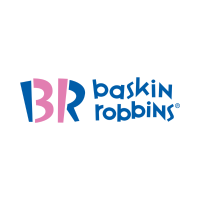Define Goals and Objectives
Create and Design Campaigns
Monitor Performance and Analyze Results


Build and Segment Email Lists
Set Up Automation and Scheduling
Optimize and Refine Strategies

Email marketing is the practice of sending emails to a list of subscribers with the goal of promoting products or services, building relationships, and driving engagement. It involves creating and sending newsletters, promotional offers, and updates.
Build an email list by offering valuable incentives such as discounts, free resources, or exclusive content. Use sign-up forms on your website, social media channels, and during checkout processes to encourage users to subscribe.
A successful email includes a compelling subject line, engaging content, a clear call-to-action (CTA), personalized elements, and a mobile-friendly design. Additionally, it should provide value to the recipient and be visually appealing.
The frequency of emails depends on your audience and goals. Common frequencies include weekly or monthly newsletters. Avoid over-emailing, which can lead to unsubscribes, and ensure consistency to maintain engagement.
A/B testing involves sending two variations of an email to a small segment of your list to test different elements (e.g., subject lines, CTAs). The version that performs better is then sent to the rest of the list, helping to optimize email effectiveness.
Measure success by tracking key metrics such as open rates, click-through rates (CTR), conversion rates, bounce rates, and unsubscribe rates. Use this data to assess performance and make data-driven improvements.
Email automation workflows are predefined series of automated emails sent based on specific triggers or actions (e.g., welcome emails for new subscribers, cart abandonment reminders). They help streamline communication and nurture leads.
Improve deliverability by maintaining a clean email list, using a reputable email service provider, avoiding spammy content, and ensuring that emails are well-formatted. Monitor your sender reputation and avoid using purchased email lists.
Segmentation involves dividing your email list into smaller groups based on criteria such as demographics, behavior, or purchase history. This allows you to send targeted and relevant content to each segment, increasing engagement and effectiveness.
Ensure compliance by adhering to regulations such as GDPR and CAN-SPAM. Obtain explicit consent from subscribers, include an easy-to-find unsubscribe link in every email, and respect privacy preferences.












